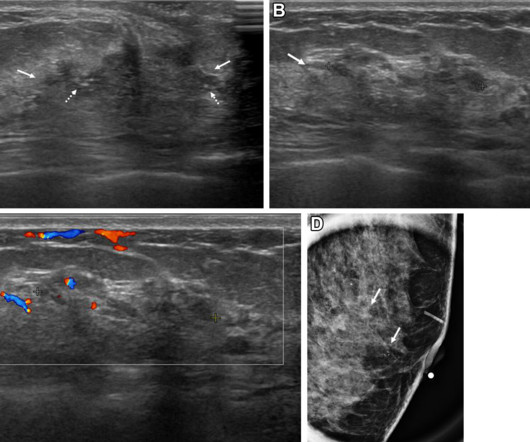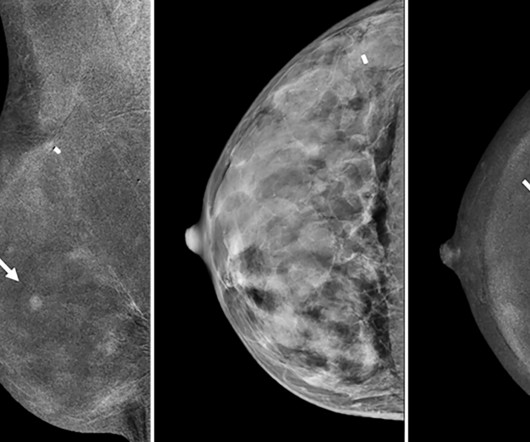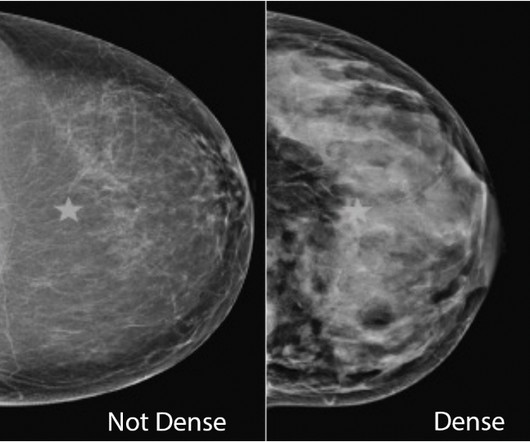Ultrasound nonmass breast lesion features may signal malignancy
AuntMinnie
NOVEMBER 5, 2024
Some nonmass breast lesion characteristics on ultrasound exams can be considered suspicious for malignancy at screening ultrasound, according to research published November 5 in Radiology. The retrospective, multicenter study included data collected from 2012 to 2019 from 993 women with an average age of 50 years. cm vs. 1.9











Let's personalize your content